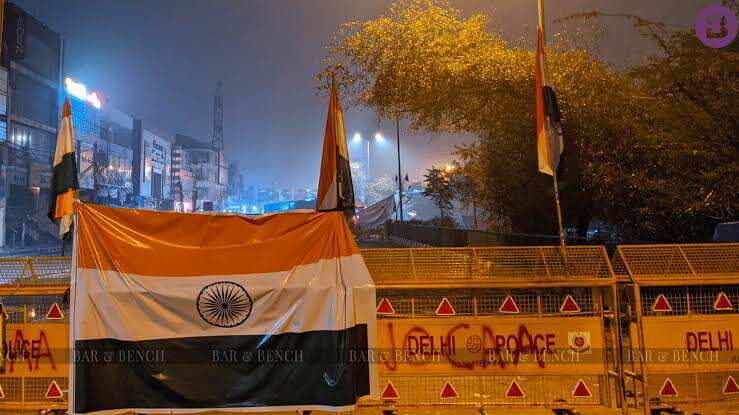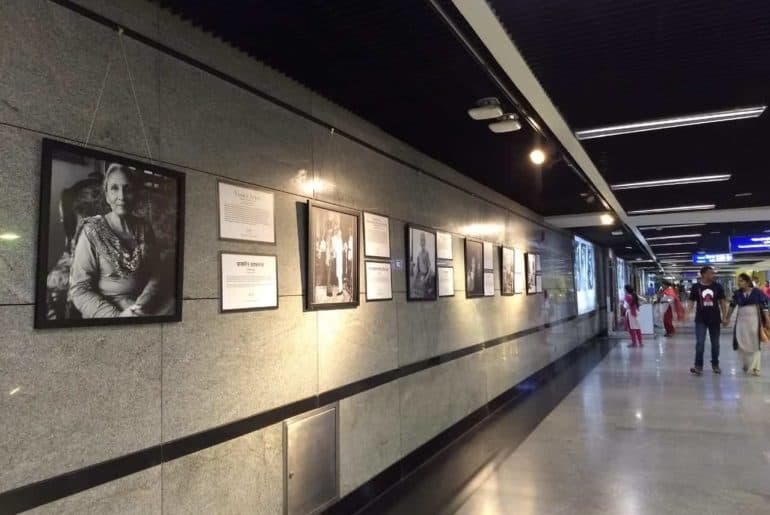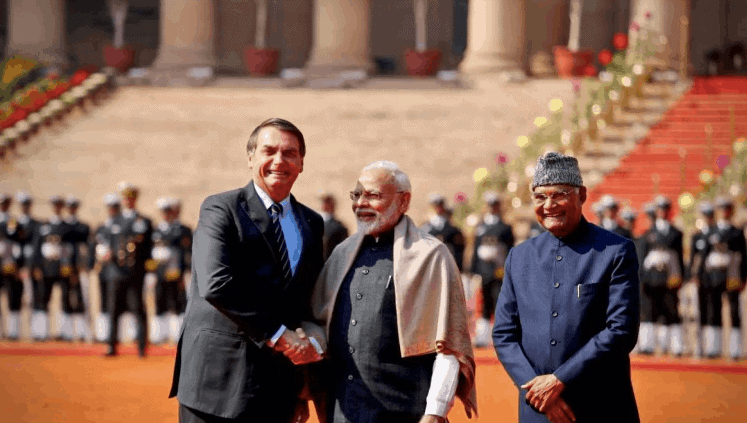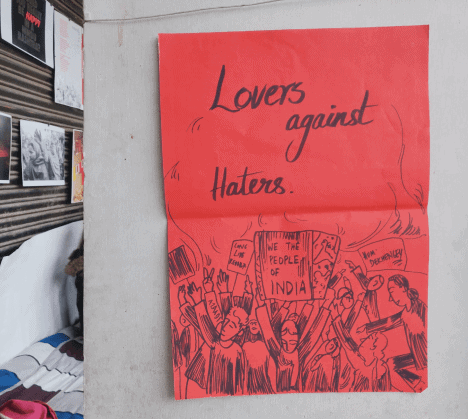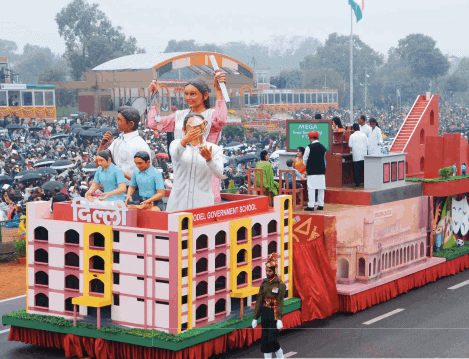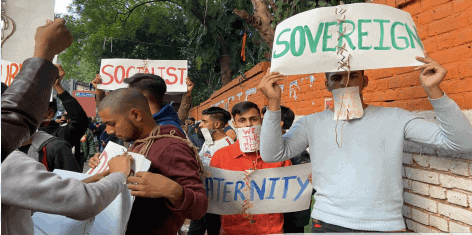Similar to what you must’ve studied about sound grade 8 physics; love too, doesn’t exist in a vacuum, especially not in India. It unfolds against a backdrop of societal expectations, parental pressures, and the relentless pursuit of individual dreams.
“Hai tujhe bhi ijaazat, kar le tu bhi mohabbat”, says the lyrics of a Hindi song from “Life in a… Metro”; this 2000s melody isn’t just an underrated gem but also a poetic attempt to encapsulate the silent yearning of hearts, entangled in the web of duty and desires.
Love in India is never a solitary endeavor but rather a communal affair, subject to the collective scrutiny and judgment of society at large. The interference in your love life can take various forms, ranging from subtle manipulation and coercion to overt control and restriction. With the Uttarakhand assembly passing the Uniform Civil Code Bill, it’s not very difficult to understand what we’re referring to. While on one hand, the Dhami government can now punish couples living together outside of marriage without official registration, it has also robbed couples of freedom and the choice to move in together as they explore their connection before marriage.
Though such checks can be seen as a necessary evil by some, as revealed in one of our conversations; Shanmay Bokde, a student from IIT Delhi, appreciates the move and said,
A well maintained record and data might help minimize crimes by reducing chances of deception. These regulations aren’t really restrictions, for they will help ‘legalize’ and subsequently destigmatize ‘live-in’ relationships in a society like ours where it is looked upon as a ‘prohibited practice’ of some sort.
A conversation with a final-year student from Ramjas College, offered another perspective as she contemplated over the implications that the law is likely to have. She remarked,
I think it is too early to say anything as of now. But I am sure personal freedom and privacy will go for a toss, considering how the state is interfering with individual autonomy by documenting everything.
From laws governing inter-faith marriages; that decide (or to say, give a well-framed guideline to explain) who can love whom and under what circumstances, to moral policing in public spaces on grounds of upholding traditional values and societal norms, the state wields considerable power in shaping the landscape of love in India.
If this wasn’t enough, there’s also an annual spectacle of thrashing of couples on Valentine’s Day by Hindu right-wing groups. Under the guise of protecting cultural heritage and religious traditions, these groups seek to impose their worldview on others, resorting to violence and intimidation to enforce their vision of societal norms. While I am anxious about what this Valentine’s Day will make us witness, if you travel about 365 days back into the past, you will remember how in Uttar Pradesh’s Moradabad, the members of the Rashtriya Bajrang Dal made couples tie rakhi to each other on 14 February; their only offense being – sitting in a park with people from opposite genders; without being neither spouses nor siblings, so for obvious reasons the only way left with Bajrang Dal members was to ask the women to tie rakhi to her “brother”.
Couples being subjected to harassment, and violence at the hands of right-wing groups is not new. This intolerance and intimidation took the form of coercion and control, when in 2019, in Hyderabad, a couple was forcibly married off by such activists in a public park, perpetuating fear and insecurity among couples in the name of “protection of cultural values”.
Mr. Brijesh Mohan Sharma, a working professional, shared that while couples should maintain some dignity while engaging in public displays of affection, this doesn’t give these extremist ideologies groups a ticket to moral policing.
In a country where even platonic relationships with the opposite gender are viewed with suspicion and moral judgment, making romantic relations acceptable will require a lot of unlearning.
Khushi Garg, a student from Daulat Ram College shared her brief interaction with a middle aged relative, who upon realising that she studies in an all-girls college happily remarked, “Are waah! Yeh toh bohot achhi baat hai gudiya” and frowned upon “aaj-kal ke bachhe” having close friendships with individuals of different sexes.
In this kind of a complex tapestry of Indian society, the perceived dichotomy between love and career also becomes a significant hurdle in relationships.
Vidhi Kanojia, a sophomore from Lady Shri Ram College For Women, shared the importance of prioritizing one’s career over the pursuit of “true love”.
There’s no point in having a successful relationship when you’re struggling financially. Especially as a woman, one must ensure they have a settled career before looking out for love, otherwise you won’t be able to enjoy love in its true essence. Kal kya khaana hain, how to sustain tomorrow, will be hovering over your brain today.
This challenge is multifaceted, influencing parental concerns and subsequently individuals’ expectations from one self, and the dynamics of modern relationships. The prospect of love is often overshadowed by the fear of disappointing their parents, leading many to suppress their desires and aspirations in the name of duty.
Bina Sah, a student from LSR, revealed,
The age bracket between twenty to thirty is thought of as a delicate period where we children are in pursuit of our ambitions towards a successful career, coupled with the desire to have healthy relations, strong friendships and according to our parents indulging in anything other than ‘padhaai’ will lead to a compromise in a ‘secure future’.
Shedding light on the gendered perspective Bina shared,
Especially for daughters, the pressure to uphold family honor and tradition weighs even heavy, because while the son being in a relationship might not be as big of a deal for the family but if the daughter engages in romantic pursuits, it is looked upon as a ‘crime’.
Amidst this chaos and conflict in values, desires and personal aspirations, it won’t be wrong to say that it is a privilege to love.
Bina further shared,
And to top this all, the age-old obsession of parents with religion and caste, and for all these reasons I have made my mind not to fall for someone to avoid trouble in my family.
Love in a country like ours, plagued by discord and division, is nothing less of a journey that requires courage, compassion, as the “samaj” tests your resilience, patience, and commitment.
So, while I don’t know what might have been the case with the protagonists of the movie Shree 420 that made Manna Dey sing, “Pyaar Hua Iqraar Hua, pyaar se phir kyu darta hain dil”, but these surely are one amongst the key issues with which today’s youth is confronted by, making them fear love.
Kavya Vashisht
[email protected]


